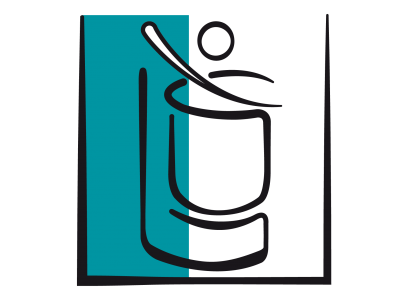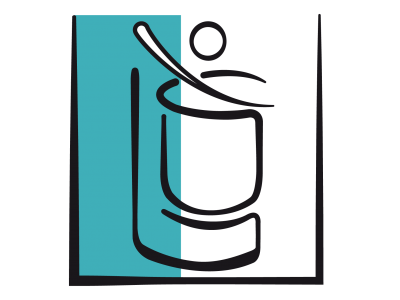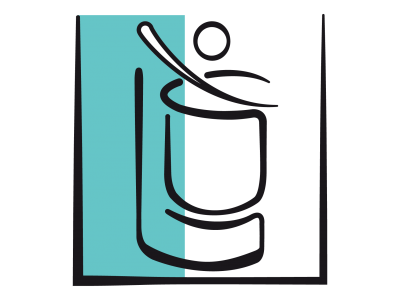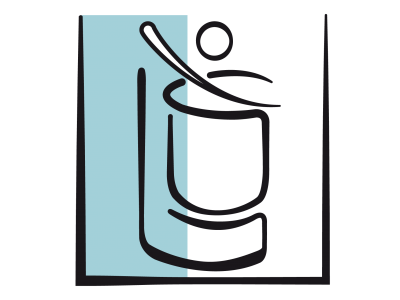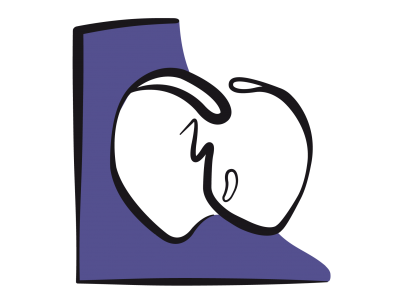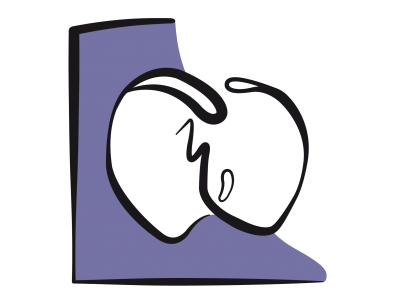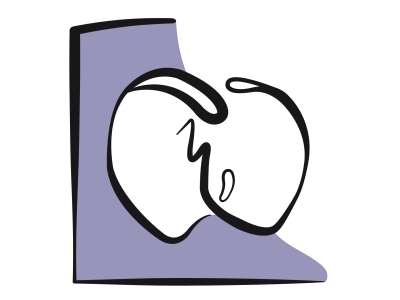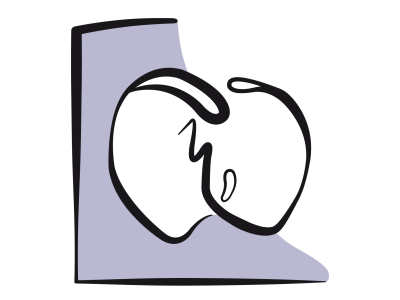Step 1 of 6
Introduction
For a long time, cardiopulmonary bypass (CPB) was a major cause of morbidity and mortality in infant cardiac surgery, especially among smaller children. Technological progress and greater understanding of pathophysiology have led to a significant reduction in this morbimortality. Children are not merely diminutive adults. They have their own specific physiology, which differs more from adult physiology the closer they are to birth. We will only address specific characteristics of CPB in young children here (see Chapter 7 - Cardiopulmonary Bypass for general information on CPB).
For the moment being, there is no wide consensus on guidelines for CPB in children. Indeed, the congenital heart pathologies are diverse, the hemodynamic conditions vary from case to case, and the number of patients in each series is too small for definitive conclusions [1]. The institutional protocols are based mainly on local practice. Therefore, the following descritpion is derived from the international litterature and the practice of the Lausanne University Hospital (CHUV, Centre Hospitalier Universitaire Vaudois) and the Zürich University Hospital (KinderSpital-UniversitätsSpital Zürich). Different centres may have different protocols.
© BETTEX D, BOEGLI Y, CHASSOT PG, June 2008, last update February 2020
Reference
1 MEDIKONDA R, ONG CS, WADIA R, et al. Trends and updates on cardiopulmlnary bypass setup in pediatric cardiac surgery. J Cardiothorac Vasc Anesth 2019; 33:2804-13
For the moment being, there is no wide consensus on guidelines for CPB in children. Indeed, the congenital heart pathologies are diverse, the hemodynamic conditions vary from case to case, and the number of patients in each series is too small for definitive conclusions [1]. The institutional protocols are based mainly on local practice. Therefore, the following descritpion is derived from the international litterature and the practice of the Lausanne University Hospital (CHUV, Centre Hospitalier Universitaire Vaudois) and the Zürich University Hospital (KinderSpital-UniversitätsSpital Zürich). Different centres may have different protocols.
© BETTEX D, BOEGLI Y, CHASSOT PG, June 2008, last update February 2020
Reference
1 MEDIKONDA R, ONG CS, WADIA R, et al. Trends and updates on cardiopulmlnary bypass setup in pediatric cardiac surgery. J Cardiothorac Vasc Anesth 2019; 33:2804-13
14. Anesthesia for paediatric heart surgery
- 14.1 Introduction
- 14.2 Pathophysiology
- 14.3 Haemodynamic strategies
- 14.3.1 Classification
- 14.3.2 Left-to-right shunt and high pulmonary blood flow
- 14.3.3 Pulmonary hypertension in children
- 14.3.4 Cyanotic right → left shunt and reduced pulmonary blood flow
- 14.3.5 Cyanotic right → left shunt and reduced systemic blood flow
- 14.3.6 Bidirectional cyanotic shunt
- 14.3.7 Heart diseases without shunting: obstructions and valvular heart diseases
- 14.3.8 Treatment options for neonates
- 14.3.9 Drug therapy
- 14.4 Anaesthetic technique
- 14.5 CPB in children
- 14.6 Anaesthesia for specific pathologies
- 14.6.1 Introduction
- 14.6.2 Anatomical landmarks
- 14.6.3 Anomalous venous returns
- 14.6.4 Atrial septal defects (ASDs)
- 14.6.5 Atrioventricular canal (AVC) defects
- 14.6.6 Ebstein anomaly
- 14.6.7 Anomalies of the atrioventricular valves
- 14.6.8 Ventricular septal defects (VSDs)
- 14.6.9 Ventricular hypoplasia
- 14.6.10 Tetralogy of Fallot
- 14.6.11 Double outlet right ventricle (DORV)
- 14.6.12 Pulmonary atresia
- 14.6.13 Anomalies of the left ventricular outflow
- 14.6.14 Transposition of the great arteries (TGA)
- 14.6.15 Truncus arteriosus
- 14.6.16 Coarctation of the aorta
- 14.6.17 Arterial abnormalities
- 14.6.18 Heart transplantation
- 14.7 Conclusions






